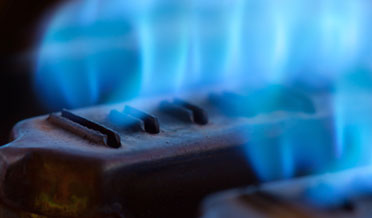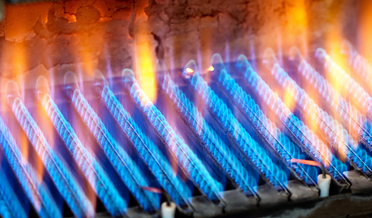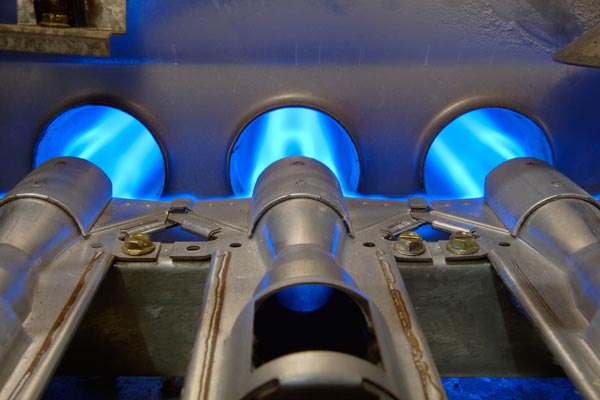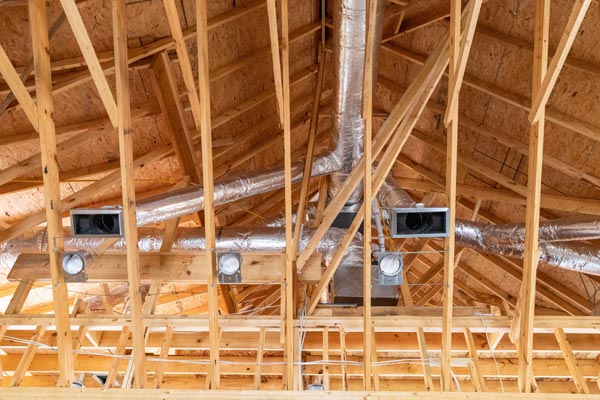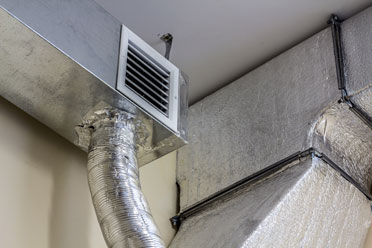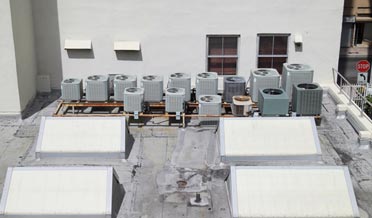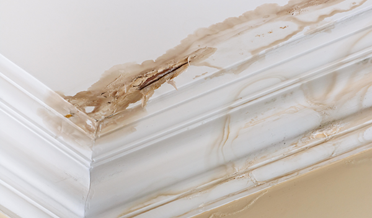HVAC Maintenance Tips to Reduce Repairs
Honestly, wintertime in South Texas is moderate, especially when you consider how cold it gets in northern states. We see temperatures that drop below freezing, but generally, that does not last long; occasionally the temp will drop below 240. However, we do see periods of what we consider extremely cold temperatures. These rare weather events place stress on our heating system and leave our normally cozy home a bit uncomfortable. These periods of cold weather are why homeowners need to pay attention to HVAC Maintenance.
During extremely cold snaps, the safest thing to do is hunker down and deal with the cold as best you can. But, there are some steps you can take in advance to prepare for cold weather events; some of these steps will also help during wintertime power outages.
- Prepare by completing regular maintenance on your furnace. These inspections keep your HVAC system clean and in good repair. Extremely cold weather puts greater-than-normal stress on your furnace and if it has a weak component, it can result in a furnace breakdown. A cold snap is an extremely bad time for a furnace failure!
- Prepare by checking your attic and crawlspace insulation and adding insulation as needed. Caulk and install weather stripping as needed. Preventing heat loss will keep your home more comfortable, but it will be miserable trying to accomplish these tasks when extreme weather arrives.
- Prepare alternative heating methods beforehand. If you have a fireplace, make sure you have a supply of wood or gas supply that will last a week or longer. Consider purchasing an electric space heater(s), electric blankets, or electric heating pads. When you settled down to watch a movie, break out comfy throws to keep your body warm.
- Prepare by setting your thermostat properly. Notice two heat settings on the thermostat, one regular heat and a second called Em(ergency) Heat or Aux(ilary) heat. Normal heat uses the heat pump to extract heat from the outdoor air. However, there is insufficient heat outdoors when the temperature drops below 320. Emergency heat uses gas or an electric heating element instead. Make sure the thermostat is set properly for the temperature that you are experiencing.
- Prepare by protecting your water supply. That means being familiar with where water enters your home and tracing the various water lines throughout the home—ahead of time, of course. Consider heat tape for lines in crawlspaces, attics, or the garage. Heat tape is a simple heat source that, when plugged in, applies heat directly to the water line. Consider opening vanity or cabinet doors if the faucet is on an outside wall.
- Prepare by remembering that heat rises. Heat rises, so second-story spaces will warm up before lower-story spaces. Temporarily closing vents in unused spaces, especially upstairs, will push warm air into occupied spaces. (Remember to open these vents once the cold snap is over.) Remember that since heat rises, the floor will be the coldest spot in the room. Laying or sitting on the floor will be cold. Wear socks and perhaps shoes during extremely cold periods. If you are sitting on the couch, take your shoes off, bring your feet up, and cover them with a throw.
- Prepare by using your ceiling fan to your advantage. Make sure the fan is turning clockwise—this pulls cold air up and pushes the warm air at the ceiling out and down the wall. The lowest setting will be sufficient.
Remember that cold snaps are real but temporary. A little preparation in advance can keep your family surprisingly comfortable.
Ready to Schedule Your HVAC Maintenance Appointment?
For more information about R.M. Mullinix and HVAC Maintenance, schedule an appointment, or visit our HVAC Duct Cleaning information page.
